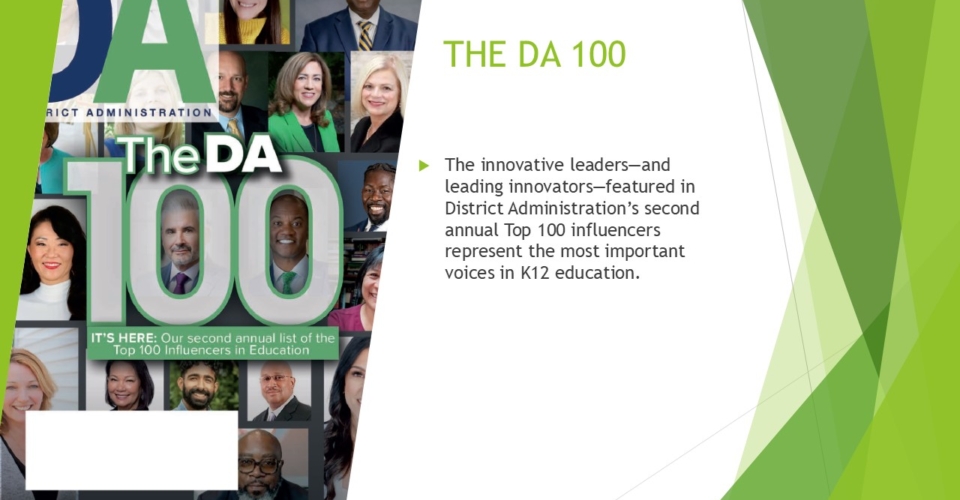Edtech funding is at a crossroads as the federal government revises how we pay for public education. While the dust from these administrative changes remains thick in the air over at the Department of Education, billions of dollars in education funding have dramatically shifted—either slated to be, or already cut, sunsetted or clawed back.
At the National Science Foundation, billions of dollars in education grants have been redirected or terminated. Many of the federal grants being cut affect K12 education, with one of the biggest losers being STEM education.
Additionally, proposals are underway to consolidate or block-grant multiple K12 funding streams, which will slash funding and could reduce oversight while weakening protections intended to address educational inequities.
And much of this is being challenged in the courts—leaving educators, administrators, students and parents in a world of uncertainty.
Edtech’s promising future (if given the chance)
And yet, there is still so much promise. I lead an organization, the California Association for Leading Innovation in Education, which up until recently was known as CUE and was originally founded as Computer Using Educators. At our founding in 1978, we worked with computer teachers but today we focus on empowering educators to create equitable and engaging learning experiences through technology.
One thing we learned in recent years, following the significant investments that were being made in edtech, particularly as a result of the pandemic, is that frontline teachers have embraced and integrated edtech with measurable success.
As funding increased, we saw the digital divide closing with more and more under-resourced districts, and economically disadvantaged and rural students finally gaining full access to essential technology. We know what works, but are also seeing those gains slipping as funding recedes.
There are some bright spots beginning to emerge. All of our policymakers, regardless of party, seem to generally agree that in recent years, the exponential rise of artificial intelligence has brought immeasurable potential.
Indeed, the National Science Foundation has announced new funding opportunities aimed at advancing AI in K12 with a focus on improving science, technology, engineering and mathematics instruction. It is unclear how much funding will be available and there is nothing to indicate that it will come close to filling the void left by the current and proposed funding cuts to EdTech.
Our most vulnerable are being hit the hardest
It is impossible to have this discussion without recognizing that many of the cuts being proposed will disproportionately affect already underserved districts and groups. The move to block grants also risks exacerbating inequities.
Proposed K12 cuts will drastically affect rural areas, urban areas, people of color, people with disabilities, girls, and more. The majority of National Science Foundation grant cuts over the past few months were aimed at programs that helped close equity gaps.
Programs being cut across the nation include a project geared towards sparking interest in engineering among young Latino students, a middle school drone program that includes design elements that help keep girls engaged, and a game showing significant promise helping girls who are having difficulty with math.
With regards to block grants, the implementation by states will be crucial in ensuring already underfunded districts in both urban and rural areas aren’t disproportionately impacted.
Advocating for edtech funding
As education leaders facing uncertainty, it is vital to adapt, modernize and meet the moment by working to fully embrace education technology as best as you can within your school systems.
Federal cuts mean more than the loss of a single program or tool; they threaten the progress we have made in closing equity gaps and building sustainable systems of support for students and teachers.
Now is the time to double down on what we know works, not retreat. Now is the time to support educators with the tools and resources they need.
Now is the time to advocate for adequate funding for technology. Let’s not let the momentum stall; we’ve come too far and seen too much success to watch technology pass students by.



